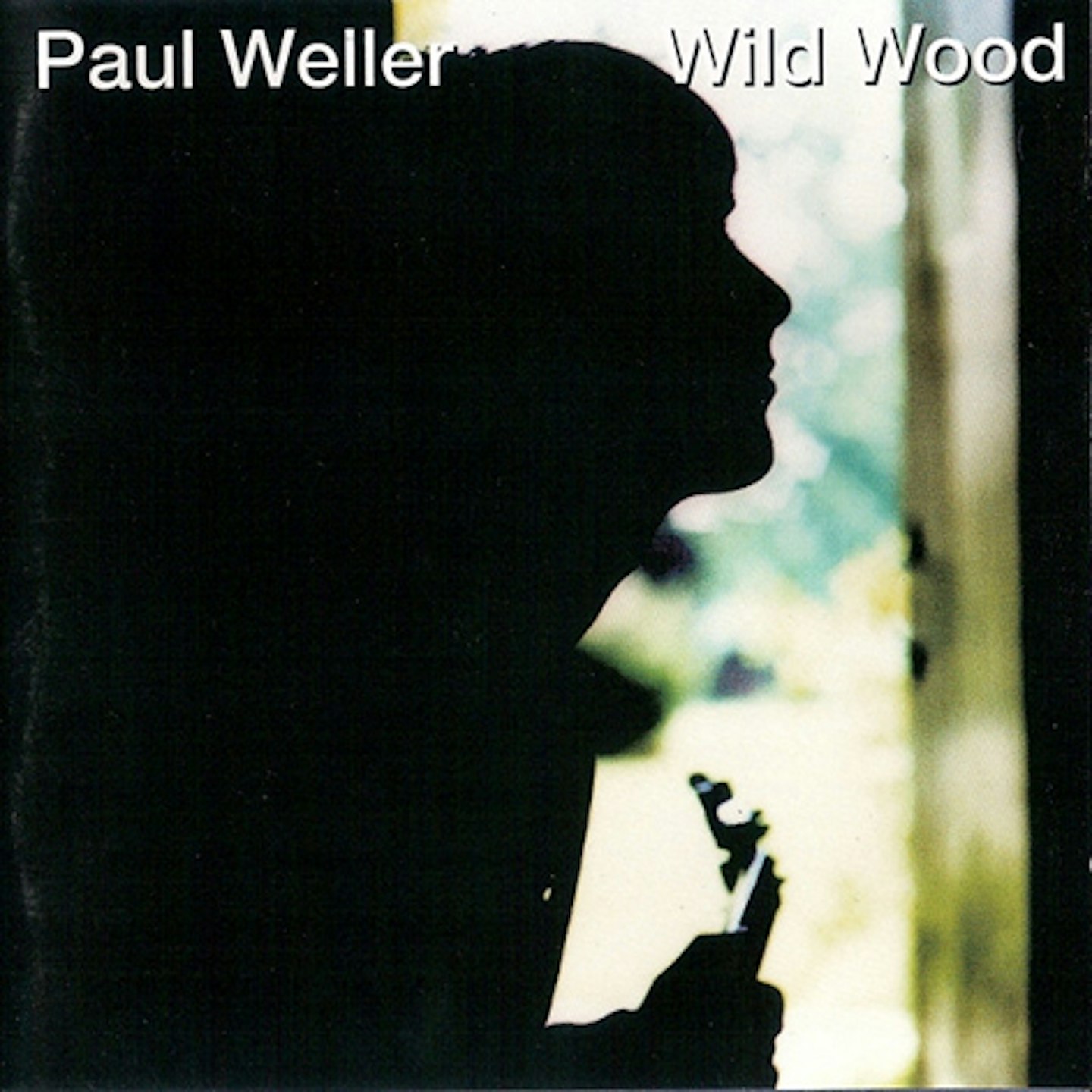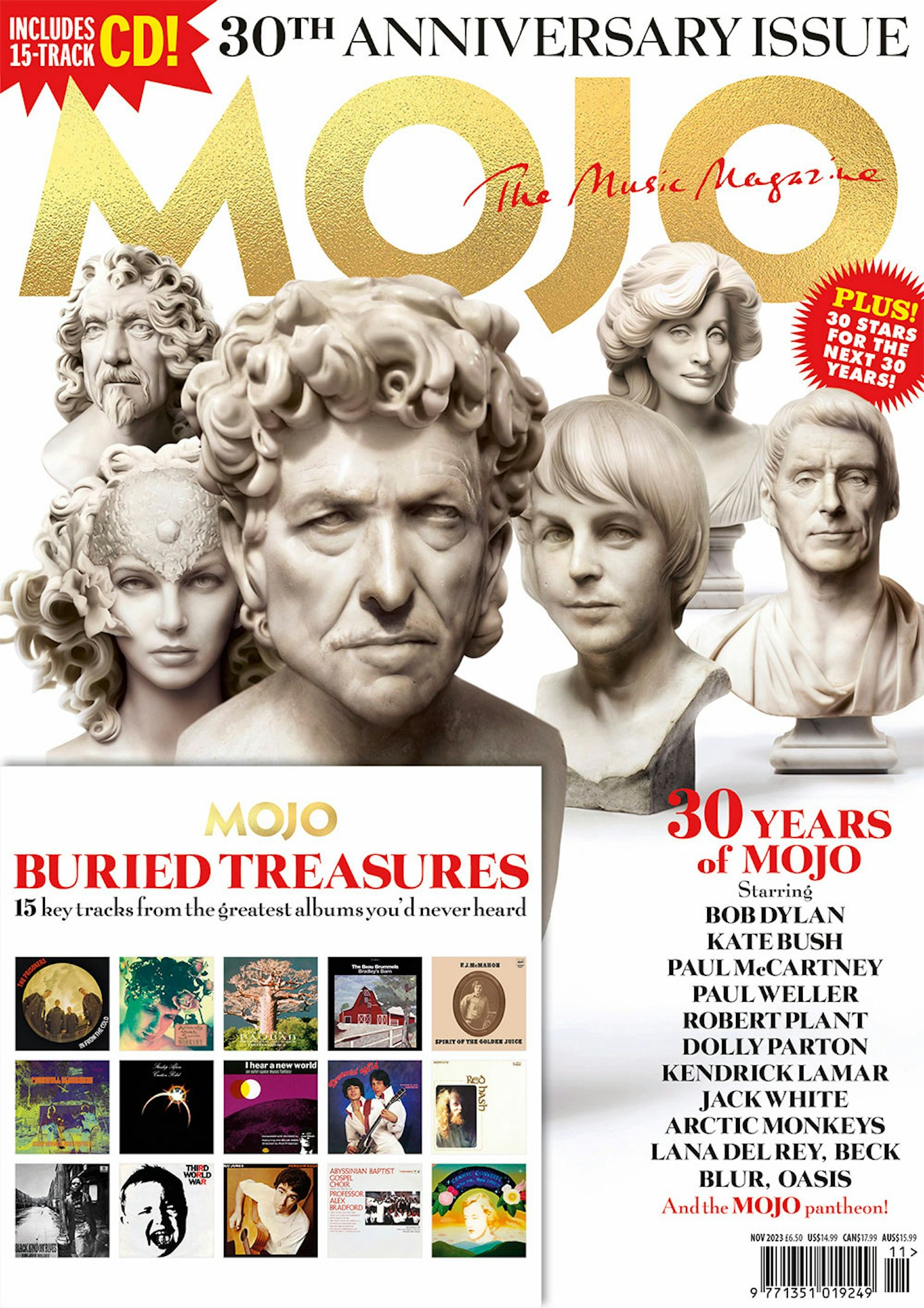In 1993, aged only 35, Paul Weller was already regarded as something of an elder statesman of rock, or even written off by some as yesterday’s man. Yet, drawing inspiration from the green spaces of his childhood in Woking, he began work on a second solo LP that would redefine him as an artist. In this extract from MOJO’s interview with Paul Weller in the latest issue of MOJO, Weller, producer Brendan Lynch and The Blow Monkey’s Dr Robert, who played on the album, remember the making of his first solo masterpiece…
READ THE FEATURE IN FULL ONLY IN THE LATEST ISSUE OF MOJO. ON SALE NOW!
Though Paul Weller may have taken the inspiration for his second solo albums from the Surrey countryside of his childhood, Wild Wood was in fact at The Manor in the Oxfordshire village of Shipton-on-Cherwell. The fabled residential studio, owned by Richard Branson and inhabited down the years by such disparate characters as Sandy Denny, Gong, Tangerine Dream, PiL and XTC, was housed in a Grade II-listed 16th century country pile set within sprawling gardens. Its laid-back, pastoral atmosphere was to lend itself to the beatific vibe of the record.
“It was the first time we’d been there,” Weller says today, “and it was just like a fucking wonderland or something. There was a room in the house where the grand piano was, and we had a [drum] kit and some little amps in there. So, even after the sessions, we’d go on and have a jam.”
“We’d be in the dining room, or we’d go on the lawn,” remembers The Blowmonkey’s Dr. Robert, Weller’s friend since the ‘80s who contributed guitar to the album. “Wherever we were, there’d be guitars about, and people would be playing. So it was that pure music vibe. It was a totally immersive experience. You’re not going home… you’re not breaking the spell.”
Elsewhere, in The Manor’s living-cum-listening room, records were spun, and cassette mixtapes played into the wee small hours, shaping the contours of the album. Traffic are often cited as the chief source of inspiration for Wild Wood. “Definitely an influence,” Weller nods, “but I mean, people were probably saying that because it had a flute on it!
“From the ’90s onwards, I was listening to so much different music which I’d cut myself off from in the past. I was sort of blinkered when I was younger. To the point of not buying records because someone had long hair or a beard. I dropped any sort of barriers at all and so it was a real learning curve as well.”

Other names on the Wild Wood sessions playlists included CSNY, Nick Drake, Free, Donald Byrd, Shuggie Otis and A Tribe Called Quest, whose Luck Of Lucien from their 1990 debut People’s Instinctive Travels And The Paths Of Rhythm led Weller, via their sample usage, back to jazz-funk trumpeter Billy Brooks’s 1974 album, Windows Of The Mind.
“They were sampling music that was made in the early ’70s,” reflects Wild Wood co-producer Brendan Lynch. “We were trying to get the same feeling.”
Weller and his band – the core of which comprised time-served Style Council drummer Steve White, Young Disciples bassist Marco Nelson and flute/horn player Jacko Peake – were audibly on cracking form. “Paul wanted [the album] to be upfront,” says Lynch. “Folky, acoustic, but powerful… really in your face. It was great to see him creatively hitting a new high.”
In its demo form, the title track of Wild Wood, which Weller had envisaged as a “modern-day folk song”, was more electric guitar- and beats-driven. At The Manor, it was stripped down into its final form as a slow-burning acoustic ballad.
“It wasn’t really working for us,” Weller says of the original, “and it might have been Brendan’s idea to simplify the whole thing.”
“It really worked out,” says Lynch. “We tried recording outside first of all, with Paul in the yard at the studio. We had a couple of umbrellas over him to try and stop the wind. It sounded good, but it was unusable because of the elements. So, then it was, ‘Let’s put him inside,’ and we got it in a few takes.”
On Wild Wood, the assured performances sometimes contrasted with the doubt apparent in the songs’ lyrics. Lynch recalls one day when Weller picked up a magazine and read a blisteringly dismissive piece about himself.
“Basically it was one of those articles: ‘Paul Weller, where did it all go wrong?’” the producer relates. “He put it down and he went, ‘That was a bit harsh.’ That’s all he said. But quite soon after that, he’d written Has My Fire Really Gone Out?. I thought that was kind of an answer to those naysayers who thought he was finished.”
“It was me just taking the piss, really,” Weller says now. “Because I was written off, especially from the late-Style Council onwards. And on that first album, there were some shocking reviews. Y’know, saying, ‘He’s over… he’s finished.’ I was like, ‘Really? We’ll fucking see about that.’ That always puts the fight in me, which is a good thing.”
One other standout track was raw and personal in a different way. All The Pictures On The Wall vividly depicted the ennui and sadness of a romantic breakup. “I was not happy in my marriage [to singer and Style Council member Dee C. Lee], and I felt it was breaking down,” says Weller. “I thought we’d lost whatever it was.”
Taken altogether, these very adult themes only served to enhance the appeal of Wild Wood for Weller’s returning, and expanding, fan base. Many of those who had followed the singer through The Jam and The Style Council were now likely going through similar experiences or challenges. Upon its release, the album went straight into the UK chart at Number 2.
“I think there’s a lot of themes on there that probably people did connect with,” he says, “’cos we were all in the same boat really. We were doing this parenting and couples thing and just trying to make it up as we go along, as you do.
“One couple said to me, ‘Oh, you helped us get our love life back together. We listened to that album, and we reconnected.’ I thought, Ah, good. Quite a lot of information, but good.”
“We were all on E’s, man! It was in them days. Fucking E’s and whizz…” Read the full interview in the latest issue of MOJO, on sale now! More info and to order a copy HERE!

